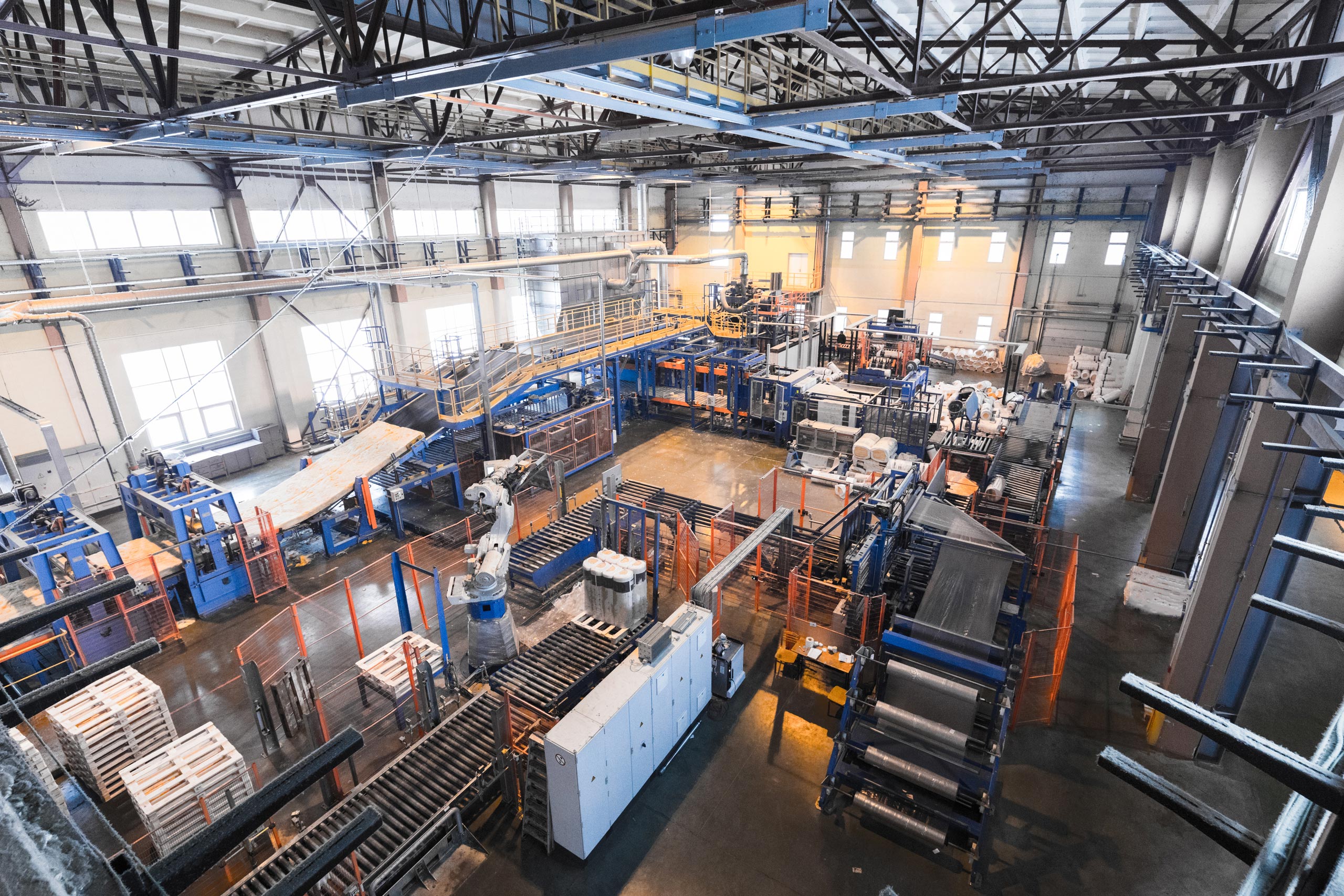
Duration: 0.25 Hrs
Course Level: Intermediate
Languages: English, Portuguese, French, Polish, Russian
Capability: Audio, Video
Heat exchangers are typically used to transfer heat between fluids using conduction, convection, and radiation. This course details the three heat transferring methods used by heat exchangers as well as how heat exchangers are classified. It also illustrates common heat exchangers types such as shell-and-tube, plate, extended surface, and regenerative heat exchangers.
Duration: 0.50 Hrs
Course Level: Intermediate
Languages: English
Capability: Audio, MobileReady
Many industrial processes must heat or cool fluids to produce products. Heating and cooling are often accomplished by transferring heat between fluids, and this heat transfer between fluids occurs in heat exchangers. There are many types of heat exchangers, but one of the most common types is a shell and tube heat exchanger. In this interactive, online course, you will look at the operation of a typical shell and tube heat exchanger, including startup and shutdown. You will also explore some of the problems associated with the operation of a typical shell and tube heat exchanger.
By the end of this course, you will be able to:
Duration: 0.50 Hrs
Course Level: Intermediate
Languages: English
Capability: Audio, MobileReady
In many industrial facilities, various pieces of equipment and fluids used in process systems need to be cooled. Disposing of or discharging hot water into lakes or rivers can lead to thermal pollution, and water that is discharged must be replaced. For these reasons, it’s often more efficient to cool the hot water with a cooling tower and reuse it. This interactive online course will introduce you to cooling tower systems and a couple of types of cooling towers, and you will see how a typical cooling tower is operated. You will also look at how chemistry is involved with maintaining a cooling tower.
By the end of this course, you will be able to:
Duration: 0.50 Hrs
Course Level: Intermediate
Languages: English
Capability: Audio, MobileReady
By the end of this course, you will be able to: